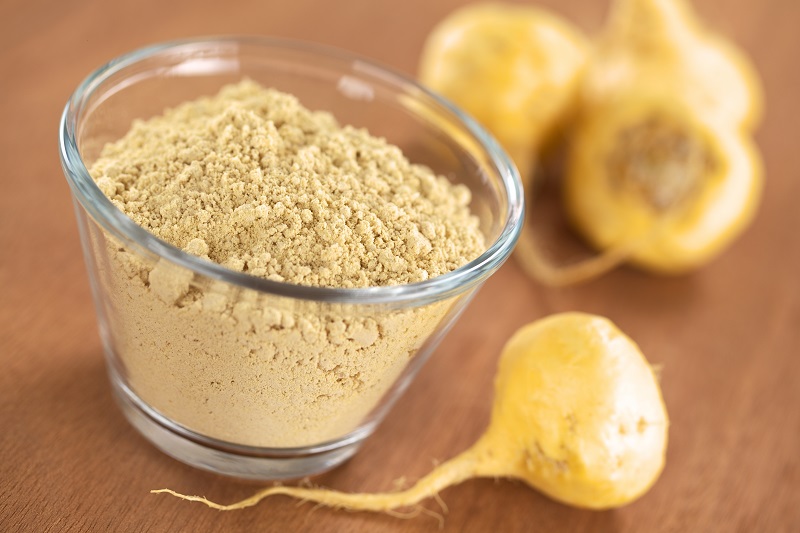If you’re in the liquid supplements market, you know that pricing your products can be tricky. Markup pricing is one pricing strategy that can help you maximize profits while remaining competitive in your space.
In this guide, we’ll explain how markup pricing works and how you can use it to determine the right price for your liquid supplements so that you can attract customers and offer them incredible value for their purchases.
Understanding Markup Pricing
Markup pricing is a strategy used by businesses to determine the selling price of a product or service. It involves adding a markup percentage to the cost of goods sold (COGS) to arrive at the selling price. There are different types of markup pricing, including fixed markup, variable markup, and target return markup. Each has its own advantages and disadvantages.
Fixed markup pricing involves adding a fixed percentage to the cost of goods sold to determine the selling price. This strategy is straightforward and easy to understand, but it may not take into account changes in the market or competition.
Variable markup pricing refers to adding a percentage that varies based on the cost of goods sold. This framework can be more flexible than fixed markup pricing but may require more frequent adjustments.
Target return markup pricing involves adding a markup percentage that ensures a specific return on investment. This approach can help businesses achieve their financial goals but may result in higher prices for customers.
One advantage of markup pricing is that it’s easy to understand and calculate. However, it may not take into account changes in the market or competition. As a result, it may not always be the best pricing strategy for every business or product.
Is Markup Pricing Right for Dropshippers?
Markup pricing can be an efficient option for dropshipping businesses for several reasons.
First, dropshipping businesses don’t have to worry about the costs associated with producing or storing products. Since dropshipping businesses don’t handle the products themselves, they don’t need to worry about paying for storage space or the costs of production. This means that the cost of goods sold for dropshipping businesses is typically lower than for businesses that produce or store their own products.
Second, markup pricing can help dropshipping businesses remain competitive in the market. By adding a percentage markup to the cost of goods sold, dropshipping businesses can ensure that they’re earning a profit on each sale. Dropshipping businesses can remain flexible and adaptable in their pricing strategy.
Third, markup pricing is easy to understand and calculate. Since dropshipping businesses don’t need to worry about the costs of production or storage, calculating the cost of goods sold is relatively straightforward. Your business can quickly and easily determine its markup percentage and set its selling price.
Finally, markup pricing can help dropshipping businesses maximize their profits. By setting their selling price based on a markup percentage, dropshipping businesses can ensure that they’re earning a profit on each sale. Doing so can help them maximize their profits and grow their business over time.
Factors Affecting Markup Pricing for Liquid Supplements
Cost of Goods Sold
Generally, the cost of goods sold is the primary factor in determining the markup pricing for liquid supplements. COGS refers to any and all direct costs associated with producing or acquiring a product, such as materials, labor, and shipping costs. Typically, for a dropship brand, these expenses are rolled into the overall wholesale price that they pay their contract manufacturer.
Competitor Pricing Strategies
Market competition is another major factor that can affect markup pricing. If your product is similar to that of your competitors, you may need to price it lower to remain viable. However, if your product has unique features that differentiate it from others in the market, you may be able to charge a premium if you’re able to communicate these unique selling points to your customers effectively.
Customer Spending Trends
The target market for your liquid supplements is also an important consideration. If your target market is sensitive to prices, you may need to keep your prices low. However, if your target market is willing to pay more for premium products, you may be able to list them at a higher price.
Differentiation
Product differentiation is the final factor that can affect markup pricing for liquid supplements. If your product is unique and cannot be easily replicated, you may be able to sell units at a higher markup. However, if your product is generally similar to others in the market, you may need to keep the price down to avoid being outsold by other brands.
Determining Markup Pricing for Liquid Supplements
To determine markup pricing for your liquid supplements, you’ll need to calculate the markup percentage. This involves dividing the desired profit by the COGS and multiplying the result by 100. For example, if your COGS is $10 and you want a 50% markup, your selling price would be $15.
There are different pricing strategies you can use when determining markup pricing for your liquid supplements. Cost-plus pricing involves adding a percentage to the COGS to arrive at the selling price. This pricing strategy is most often used by manufacturers and retailers. It ensures that businesses cover their costs and earn a profit but may not take into account the perceived value of the product.
Value-based pricing takes into account the perceived value of the product to the customer. This strategy can be used for products that are highly differentiated or that have a unique selling point. Value-based pricing involves determining a price based on the perceived value of the product, which may be higher or lower than the cost of goods sold.
With value-based pricing, you could potentially set an arbitrary markup that is far higher than the base COGS. If you want to distinguish your products as “premium” or “high-end”, the consumer-facing price can reflect this.
Competitor-based pricing refers to pricing your product based on the prices of your competitors. This pricing strategy is commonly used in markets with hefty competition, where businesses need to remain competitive with their pricing to maintain market share. To determine your selling price, you’ll need to research your competitors’ prices and adjust your own accordingly.
When setting your selling price, it’s essential to set a pricing floor and ceiling. The pricing floor is the minimum price you can charge for your product to cover your costs. The pricing ceiling is the maximum price you can charge customers without pricing yourself out of the market. Setting a pricing floor and ceiling can help you ensure that you’re not pricing your products too low or too high.
Build Your Own Markup-Driven Liquid Supplement Business with Yellow Emperor
Markup pricing can be an effective pricing strategy for liquid supplement businesses. However, it’s essential to take into account the factors that can affect pricing, such as COGS, market competition, target market, and product differentiation. As the liquid supplements market continues to grow, it’s important to remain flexible and adaptable in your pricing strategy.
One way that you can remain ahead of the competition in your pricing strategy is to partner with a manufacturer that can help you develop customizable, scalable formulas with reliable packaging and shipping solutions. At Yellow Emperor, we do just that for our partners.
To learn more about launching your own dropship business with our help or to find out how we can improve your existing operations, view our quality and certifications page or contact us anytime.







